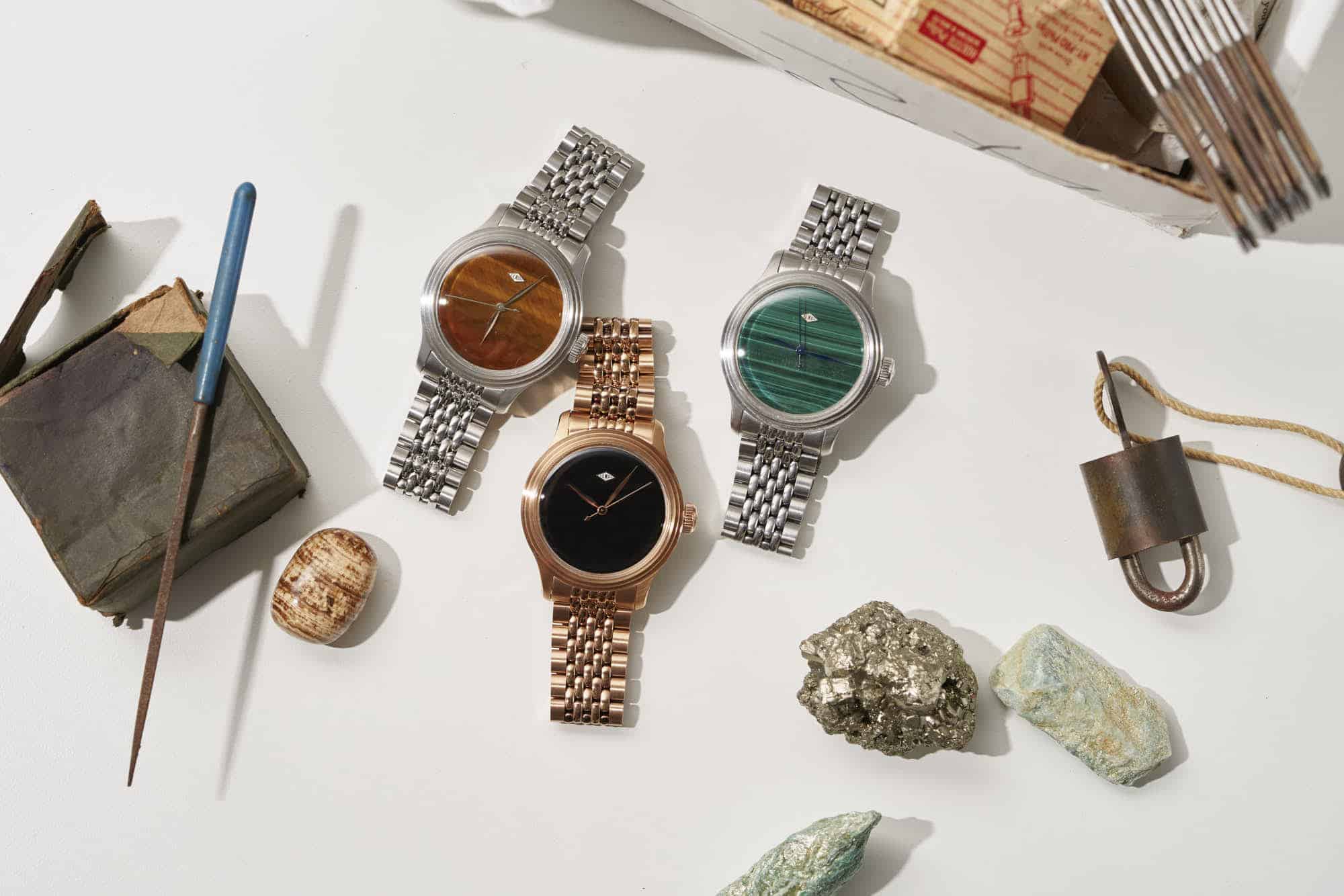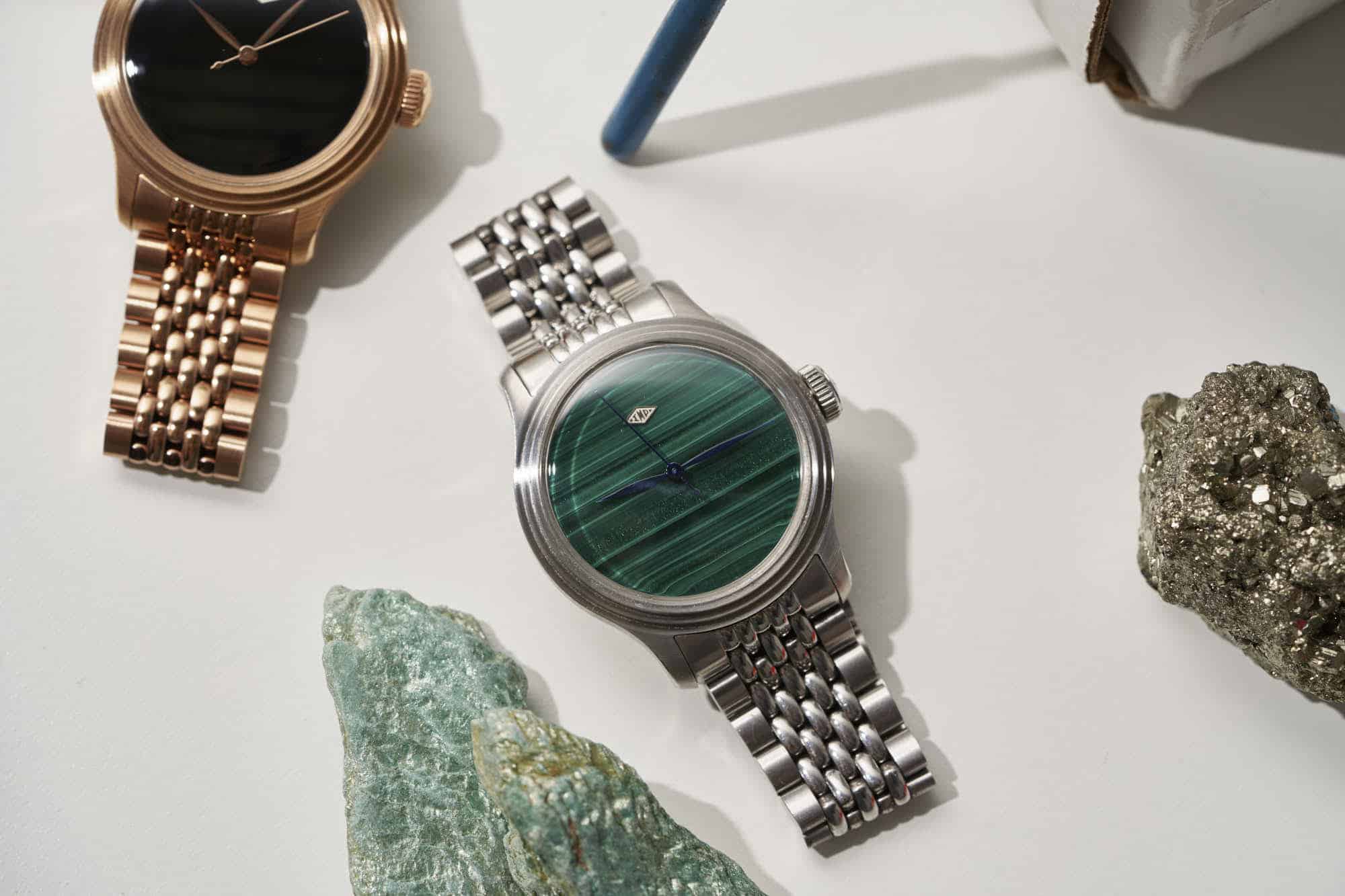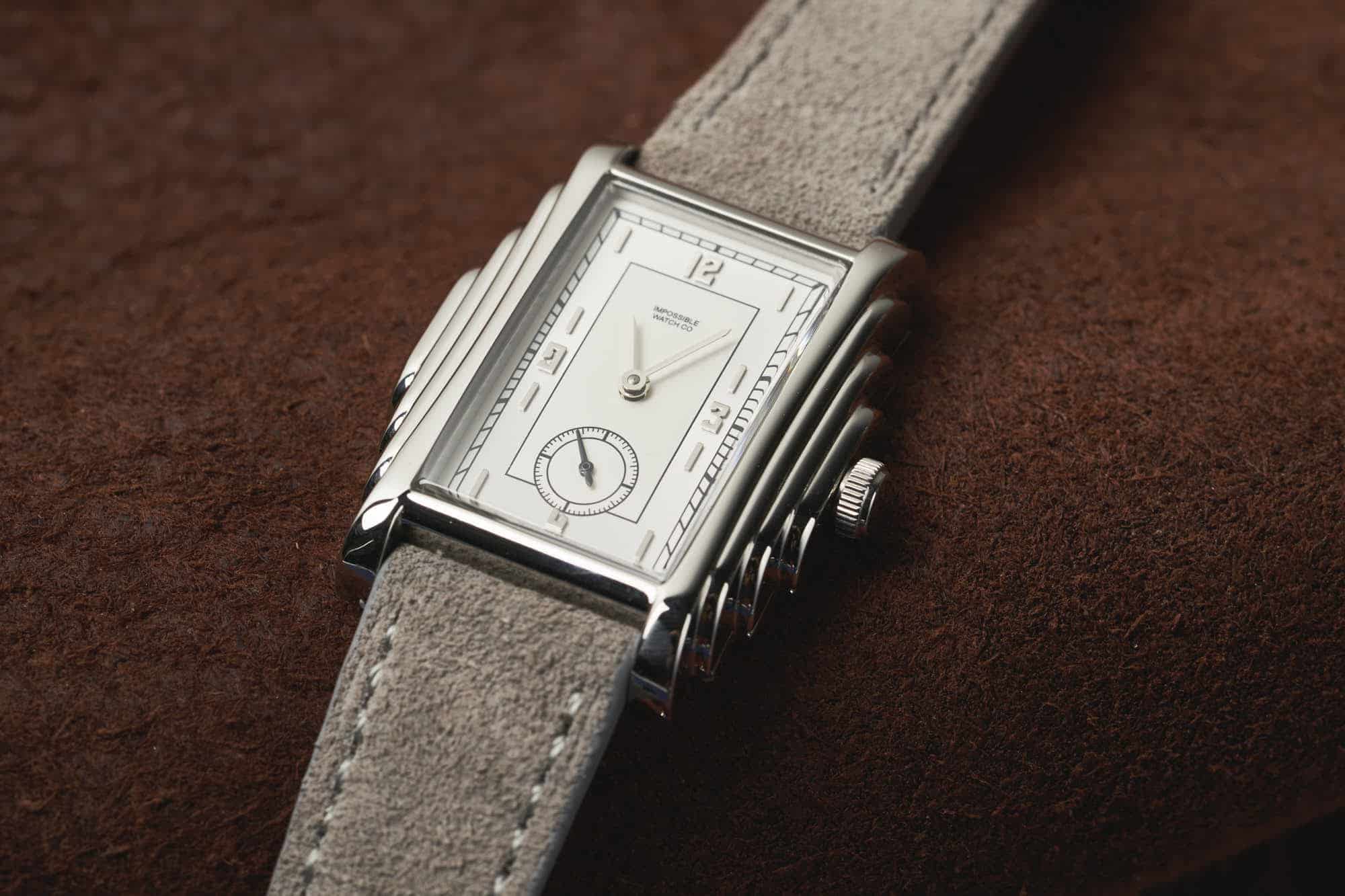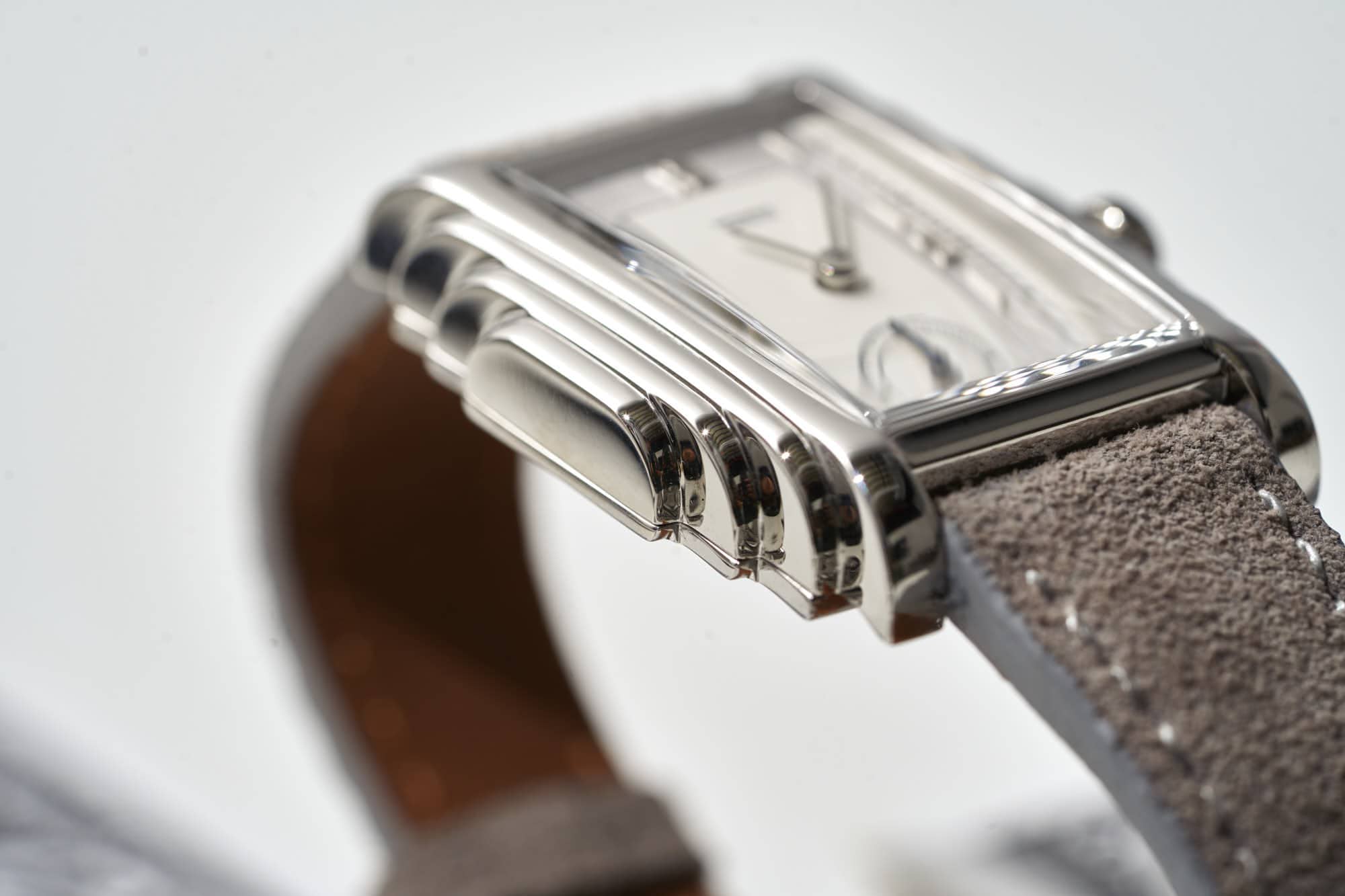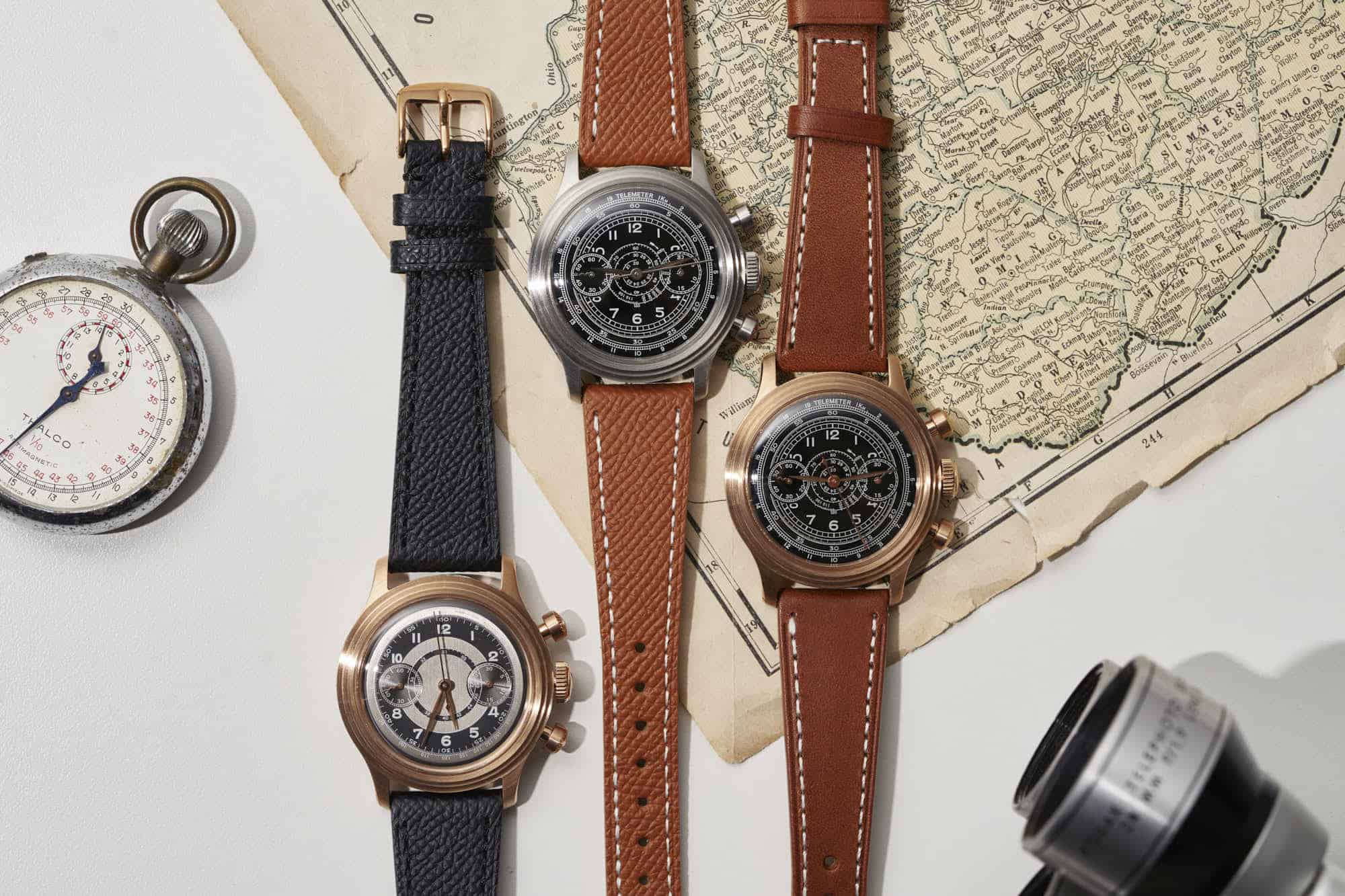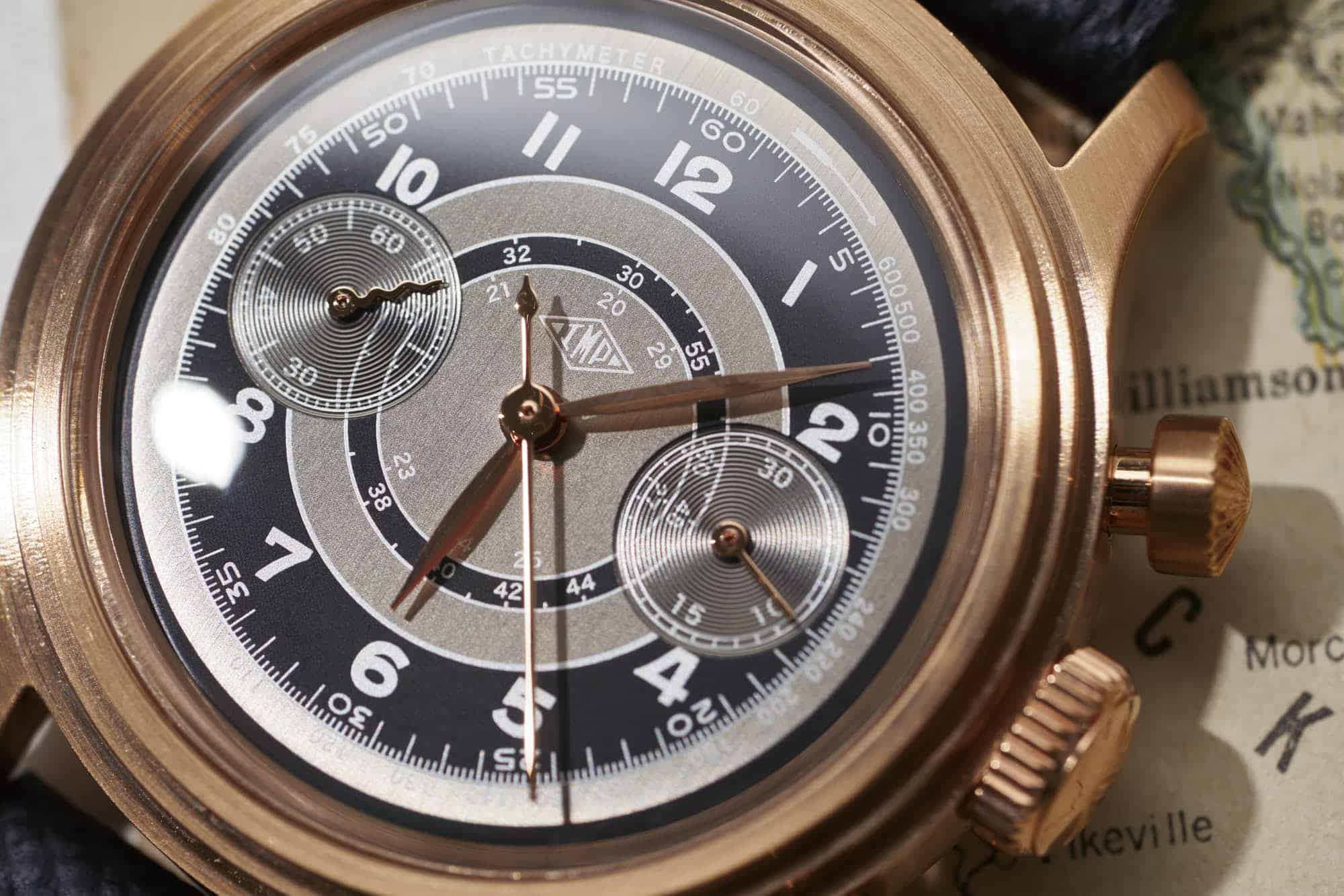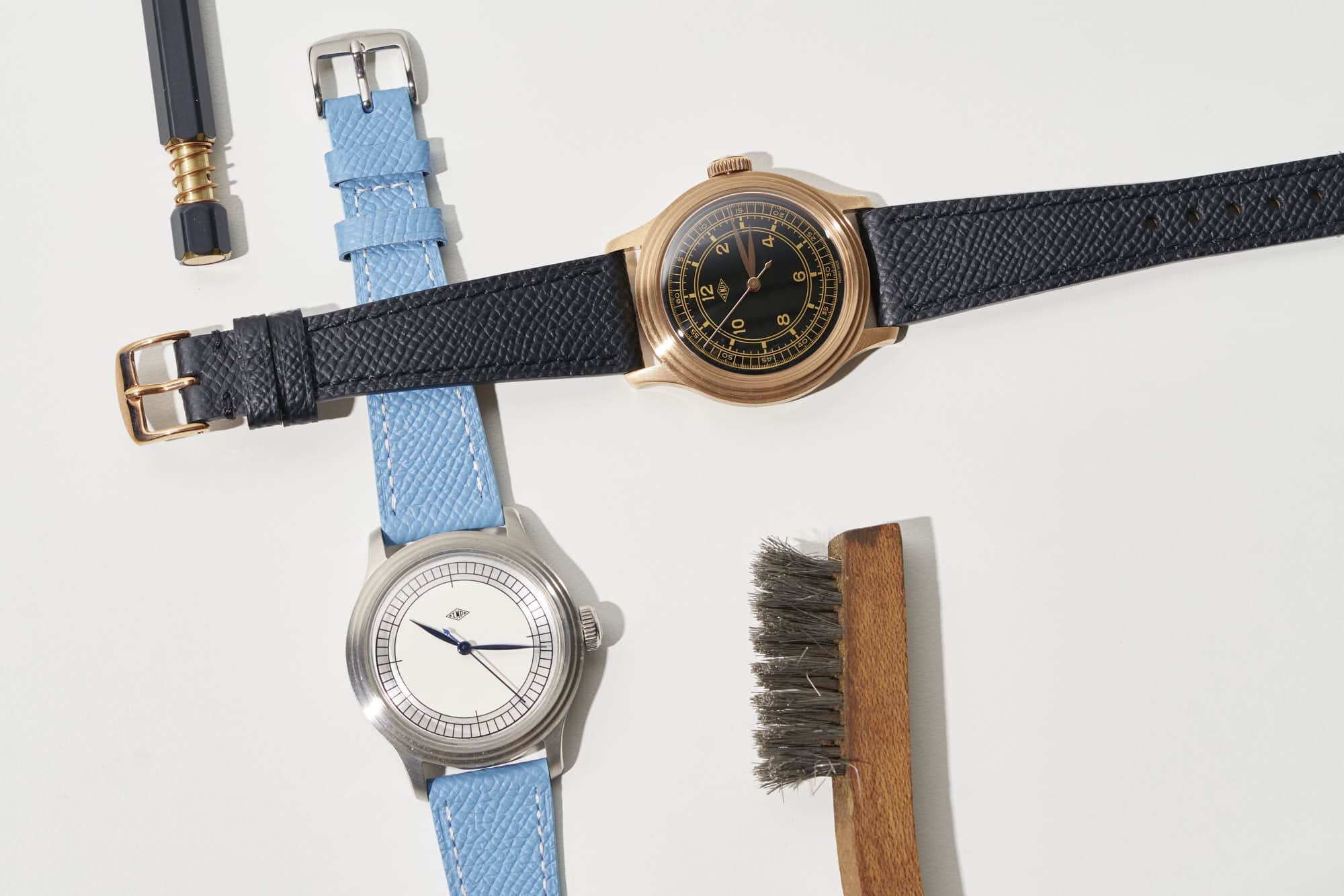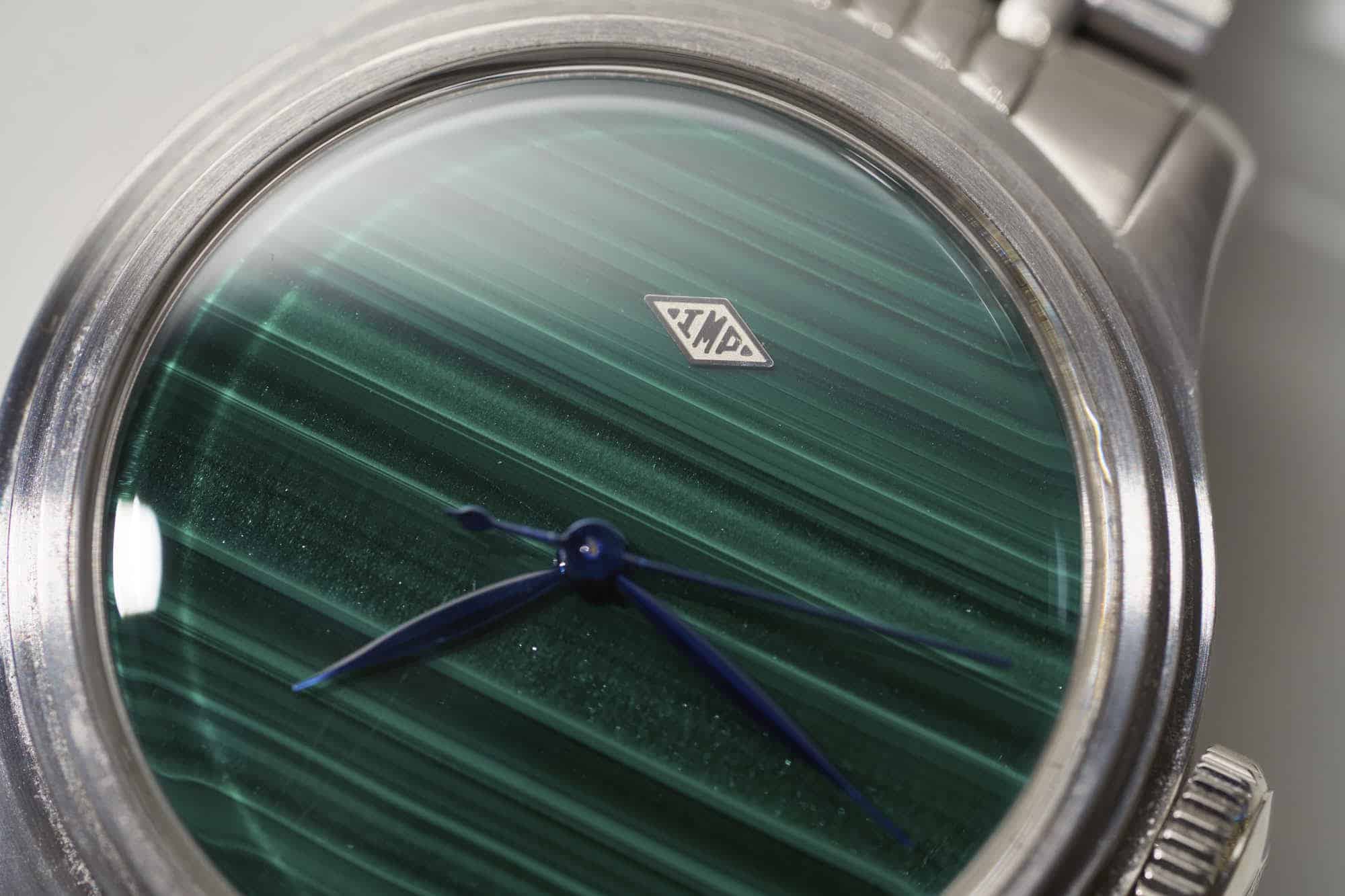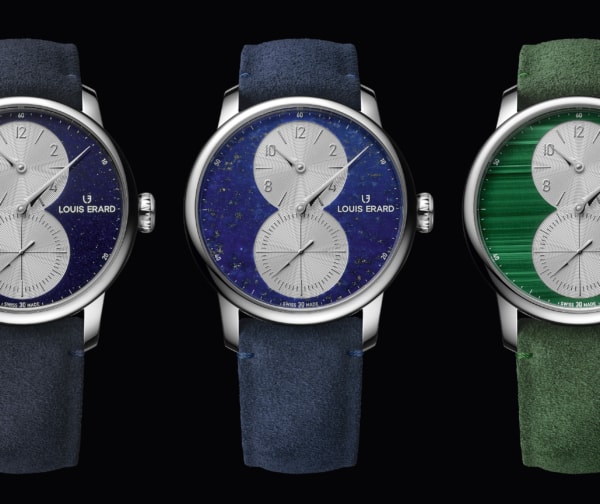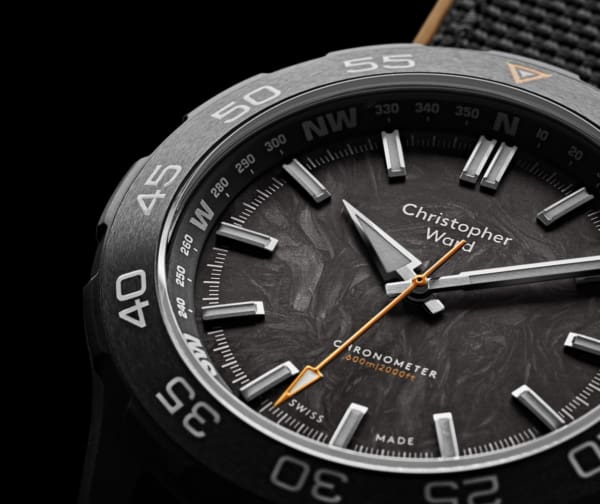Impossible Watch Company, based in Talkeetna, Alaska, has a name with a double meaning. Chris, the owner of the brand, told me he called it “Impossible” because it seemed like such a tall task for a watch industry outsider to get a brand off the ground. “I had to jump through so many hoops,” he said, referring to the start-up process and the various logistical challenges he faced when starting the company. And Chris has other irons in the fire besides his watch brand – he’s an old school entrepreneur with hugely varied interests, making Impossible Watch Company (IMP for short) even more of a challenge. And yet, here he is, with a growing following on Instagram, and a website full of sold out listings. As a friend pointed out to him after the brand started to gain some traction, the name works in the case of success too: “I M Possible.”
Raging Against the Machine in Talkeetna, Alaska: The Impossible Watch Company
On the one hand, IMP is not unlike a whole bunch of other small, independently run brands. It’s a one man operation, and the watches have a vintage inspired aesthetic that will naturally garner comparisons to those made by Furlan Marri, Baltic, and others. But look closer, and there’s something else happening here, something equal parts compelling (in terms of the watchmaking) and subversive. Sure, there’s a sector dial chronograph in the collection that on the surface has some fairly obvious similarities to watches made by those brands mentioned above. But there are also time only watches with sterile stone dials. And an Art Deco inspired watch with an almost hilariously exaggerated stepped case, which was designed that way in part as a nod to specific references that inspired it, and partly because a narrower case simply wouldn’t accommodate the round movements Chris had sourced. So the look of the Art Deco, which features hand polished surfaces because they’re too fine for a machine to get to, is partly a happy accident.
But there’s another layer to IMP, one that sits a few steps removed from the surface, and may, if Chris is successful and the brand catches on, be an indicator of what’s to come in the future. IMP experienced a small taste of viral fame (and notoriety) with the release of the so-called “Motherfucker” dial, which instead of hour indices features what has to be the most famous twelve letter expletive spelled counterclockwise around the dial. Other special projects include dials that have been hammered by hand for a unique textural finish, and elaborately engraved dials by a Norwegian artisan (each dial takes around 150 hours to complete). This mix of the profane with traditional craft is intentional, and, ultimately, the brand’s secret weapon, not yet fully deployed.
“What I really want this brand to be is almost like the comedian, or the politically incorrect watch of the watch community,” Chris told me. But there’s some hesitance to go all-in in these early stages, before the brand is established. Chris started IMP around three years ago, and has been working slowly, producing, by his best estimate, somewhere around 150 watches per year. He has the vision of an installation artist, and told me about ideas for watches that self-destruct in various ways. He cites Marcel Duchamp and Rage Against the Machine as points of inspiration. That’s not something you necessarily see in the vast majority of watches he makes, but once you start talking to him, it becomes clear that he has a point of view, and doesn’t think about growing IMP in the same way as many of his peers.
When I asked Chris about his release strategy, he was perhaps more honest with me than any brand owner I’ve spoken to. “You want the truth?” he asked me, to which I replied in the affirmative. “I don’t have any strategy,” he said, laughing. “I don’t know what I’m doing – I post what I make.”
To me, this seems only partially true. Chris wants his brand to be successful – he spoke repeatedly about the importance of it lasting, as in not failing, like many brands the size of IMP ultimately do. But there’s a refreshing lack of pretense here, and I get the sense that Chris is building his brand almost by instinct. When I asked him how it all started, he didn’t give me a Marketing Department approved origin story. He built his workshop with his own money, and started selling watches. He’s proud of the fact that he does things in an old fashioned way by investing his own money into the watch making business, and selling pieces one by one. No crowdfunding here.
I’ve never been to Talkeetna, where Chris assembles all of the watches bearing the IMP name himself, but to hear him describe it, the geography isn’t dissimilar from the Swiss Alps, with a small valley town situated amongst towering mountains, creating a perfect environment to hole up for the winter and focus on watches, which is what Chris plans to do once the weather forces his hand.
The watches themselves are made from mostly Chinese components (the movements are a mix of Seagull and Miyota calibers), and Chris takes pride in the quality he’s able to get out of his partners overseas. He sees quality control as his competitive advantage over brands that play in a similar space. Spending some time with the watches, I can’t disagree. Each reference rewards close inspection in a way that’s uncommon for watches coming in at less than $1,000. The aforementioned Art Deco, with those immaculate steps on the case walls, is a great example. But even more special are the stone dials in the Time Only collection. It’s hard to believe I’m getting the impression of aventurine that I’m seeing in a watch that carries a retail price of just under $600, but, well, there it is. And there’s a real sense of adventure with these stone dials, with options in Onyx, Jade, Tiger Eye, and other stones. It’s a lot of color, and a lot of character, with a refreshingly approachable price tag. Retail prices vary across the collection, but currently start at $475 (for a Time Only with a gilt accented sector dial) and range up to just over $1,000 (for a Time Only model with a jade stone dial). The Chronograph comes in at $575, and the Art Deco at $675 (both a little more for gold plated variants).
The case work on the Time Only is also excellent, with a thin polished bevel running next to the lugs and attractive brushing along the case flanks. And the printed sector dial on the chronograph has a surprising dimensionality and crispness to it. It’s a reminder that very high quality work can be done in these Chinese factories, and that a frequently underreported element of watchmaking in this space is a brand’s ability to find the right production partner. This is something IMP is nailing at the moment.
Chatting with Chris, I came away impressed with what he’s been able to accomplish to this point, and pretty excited about what he might pivot to in the future. I personally don’t have much need for a dial that says “Motherfucker” backwards on it, but his reference to Duchamp intrigues me. Duchamp’s lasting legacy in 20th century art could be seen as his ever present commentary on the art around him through his own work. The watch industry, famously cloistered and not always with the best sense of humor about itself, could probably stand a critique from the inside. Could that come from the Impossible Watch Company? I hope we’ll get to find out. IMP









 Featured Videos
Featured Videos




